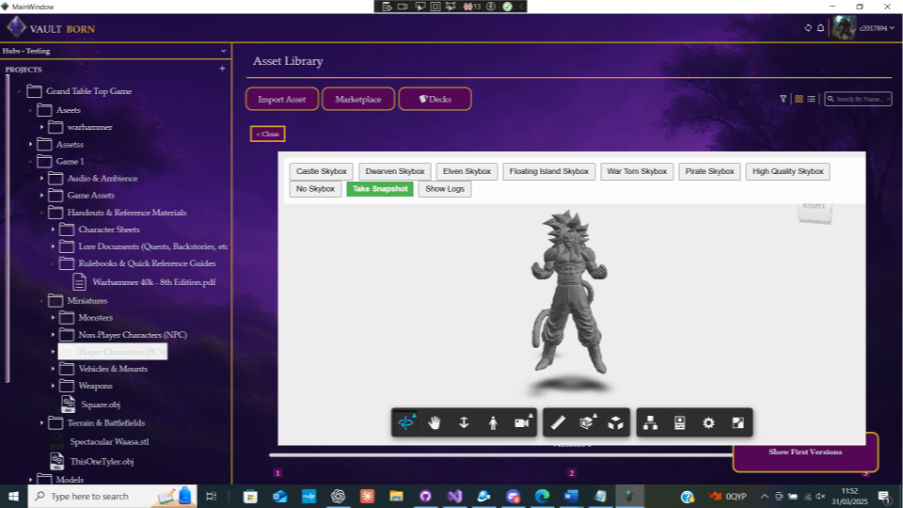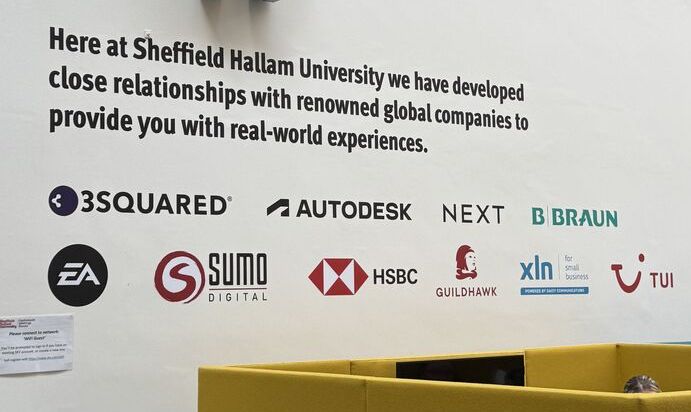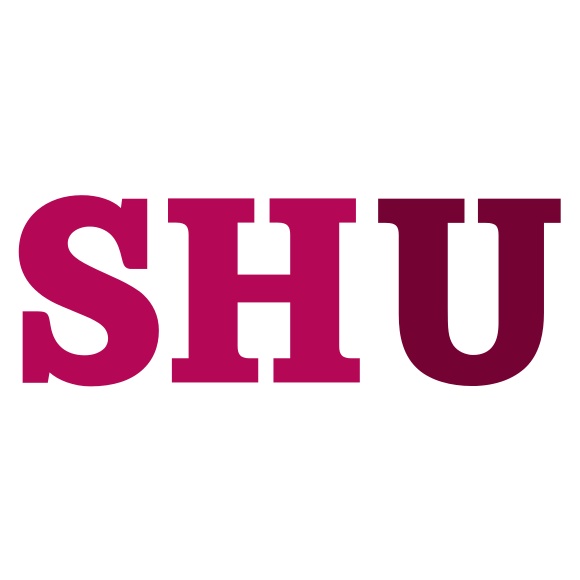For 10 weeks at the start of this year I acted as a client for Computer Science and Software Engineering degree students at Sheffield Hallam University. Tasked with integrating Autodesk Platform Services, teams choose to implement asset management systems and a chatbot in Revit.
In the first session teams told me which brief they’d chosen from the options I gave them, then we worked to establish who their users were and the core functionality required within their system’s industry. They asked a lot of questions in the first 5 weeks to elucidate requirements from my briefs and demonstrated their progress at the half way point. After this, I set stretch and quality goals for each team before a final presentation at the end of their module.
Having completing a similar module during my own studies and again in a teaching assistant role, I knew how much work could go into the projects but also how creative the solutions could be. This is especially true as I left room for them to choose their target industry. Each team applied their own interests & flair to their systems and approached the challenge with enthusiasm.

One team chose to connect Fusion models for tabletop gaming to their own marketplace where users could purchase 3D prints and even customised decks of cards. Thankfully the e-commerce ran in a sandbox, so no real money was spent! They impressed me with their enthusiasm & professionalism, as well as the diversity of their implementation. It covered a Fusion add-in written in Python, version control, a WPF desktop frontend, integrated web views, and accessibility features. Working with this team was a delight as they learned everything they could and organised themselves well.

Another team chose to implement a chatbot within Revit, focusing on the construction industry. Their system combined chat history with help documentation and the Revit SDK to provide users with as much context as they could ask for. In addition to building on previous conversations and providing links to useful resources their chatbot could even take actions on models! Building walls using a chat message is a great way for beginners to begin learning CAD software. The team chose to implement the language model locally, using Ollama so that different LLMs could be integrated and the system could work without an internet connection. This wasn’t performant, but the team laid out a plan for future improvements and deeper SDK integration that would see it taking more actions and use a supplementary cloud-hosted LLM. This team impressed me with their technology and persona research. With more development I think something like this could become an add-in or a feature of its own within the desktop application.
Alongside the module itself, Autodesk was hiring for placements so this was a great way to encourage local students to learn about the work the company does and how they could get involved. Overall I was very impressed with every team and glad I could give back in some way to a module that is so valuable to student experience. The three lenses through which I’ve seen the project-based module (student, teaching assistant, and now client) mean I’m uniquely positioned to understand how priorities change for the people involved. Some students care about learning & enjoying the process, others just about getting a grade (both are valid!). Educators care about the processes students adopt to get to their end results & the soft skills they pick up along the way. As a client I cared about the final result & how students justified their decisions to meet my requirements. A common theme throughout though was that, regardless of where progress, features, or quality sat in the moment, good communication often determined how positively a project was perceived as everyone understood the next steps and challenges faced.
I already have ideas for next years briefs so thank you to all of the students and lecturers at the university for letting me get involved!
 The Autodesk logo displayed front and center in an atrium at Sheffield Hallam University
The Autodesk logo displayed front and center in an atrium at Sheffield Hallam University
